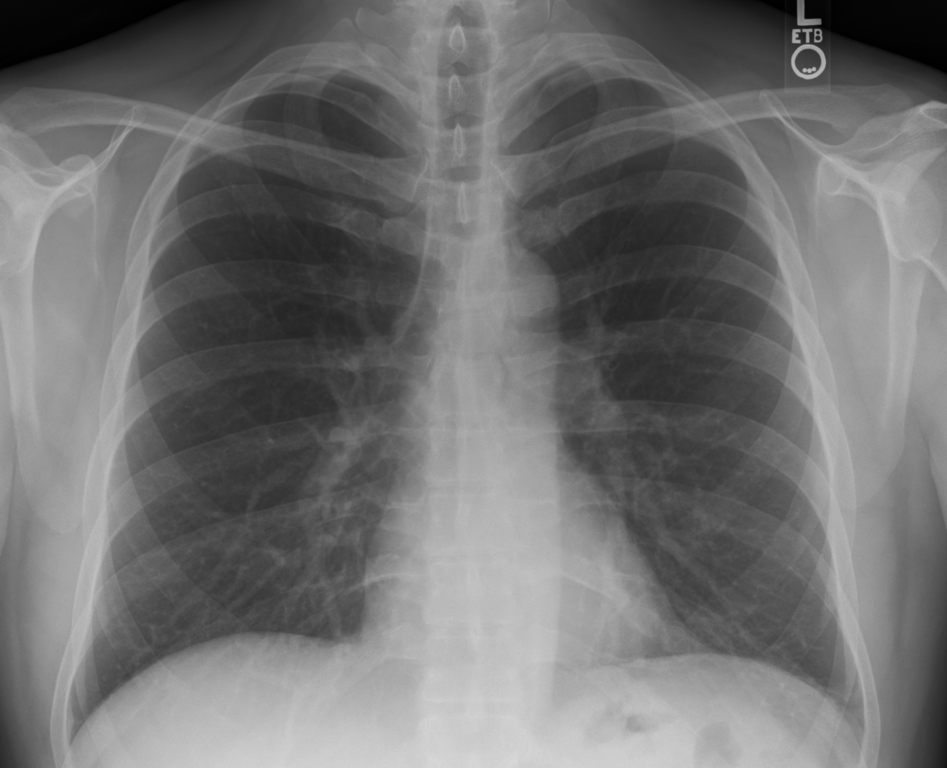“Unbreakable," M. Night Shyamalan’s 2000 film, dwells on the theme of human fragility and the search for a human being impervious to injuries that would kill the rest of us. It turns out that this quest is not quite so fanciful as it might first seem. Scientists have identified a small number of people whose skeletons are extraordinarily break-resistant, offering hints on how to make the bones of ordinary people stronger. For a radiologist like me, who looks at broken bones all day, this is an exciting discovery.
Back in the 1990s, a seemingly ordinary man was involved in a car crash so serious that it should have shattered many of his bones. Yet the radiologist who interpreted his X-ray studies could not find a single fracture. And this wasn’t all. The radiologist also noticed that the patient’s bones were unusually dense – as it turned out, eight times normal density.
The radiologist referred the case to bone specialists at Yale, who performed additional tests on both the patient and some of his family members They quickly discovered that this high bone mass trait could be passed down from parent to offspring. With experience, they learned that they could identify affected individuals at a glance – each exhibited an unusually square jaw.
Two people with high bone mass trait even reported that they had trouble staying afloat while swimming. One of the affected individuals, a physician, had undergone multiple attempted hip replacement surgeries, each of which failed because the man’s bones were so dense that they could not screw the artificial joint into the adjacent bone.
One researcher who studied the bones of multiple affected family members summarized the clinical manifestations of the condition in these terms: “These people have the strongest bones on the planet.”
What can super dense bones tells us about super brittle bones?
Physicians have long known conditions associated with unusually dense bones. One, referred to as osteopetrosis (literally, “rock bones”), is typically diagnosed in infants and small children. In osteopetrosis, though, despite being dense, the bones are also unusually brittle. Such patients lack the ability to break down old bone before replacing it with new bone. This process, known as bone remodeling, is crucial in making bones strong.
Unlike osteopetrosis patients, people with the newly discovered high bone mass trait have no problem replacing old bone mineral, meaning that they can remodel their bones in response to new functional demands. As a result, the bones of these individuals are not fragile but unusually strong and fracture-resistant.
The trait’s pattern of inheritance led researchers to an intriguing conclusion: the disorder behaved as though only a single gene was involved. This led them to perform blood tests on affected family members in an effort to determine what chromosome the gene was on, and to isolate the specific genetic abnormality. They focused their attention on chromosome 11, site of a known mutation that can cause low bone density.
Meanwhile, in Omaha…
At about the same time, a second team based in Omaha was studying a similar family, many of whose members had never fractured a bone and turned out to have equally high bone density. Genetic studies eventually showed that the mutation involved a signaling pathway that regulates normal bone growth and development. The new trait showed that the same pathway also regulates overall bone mass.
Researchers soon realized that this gene was also associated with a disease that can cause osteoporosis in children (“osteoporosis-pseudoglioma syndrome”). They learned that if the gene is disrupted in a way that leads to less activity, the bones that form are very brittle and susceptible to fracture. But if the gene disruption leads to overactive function (as in the patients with the newly discovered trait), bones are unusually dense and strong.
The identification of this pathway has spawned intense scientific investigation. In osteoporosis, age-related declines in hormones (especially estrogen in women) result in a rapid increase in bone breakdown that outpaces bone formation. It appears that manipulating this genetic pathway can prevent fractures in patients with osteoporosis, a finding recently described in older adults.
As more individuals with the new trait have been studied, though, it has become apparent that the condition can have adverse effects for some patients. For example, thickening of bone can compress nerves, interfering with normal hearing and balance, affecting vision, and causing loss of sensation and motor function in other parts of the body. In addition, some patients complain of headaches and bone pain.
Whatever the downside, the discovery of the new trait is a beautiful example of a phenomenon described by Louis Pasteur over a century ago – namely, that in the fields of observation, fortune favors only the prepared mind. Important discoveries are made by curious individuals who notice something unexpected and then have the presence of mind to pursue it. In this case, human beings will never be truly unbreakable, but these new discoveries show promise in making us more break-resistant.
This piece was co-authored by Christopher Newman, Ph.D. Christopher is a medical student at the Indiana University School of Medicine.
 Richard Gunderman, Chancellor's Professor of Medicine, Liberal Arts, and Philanthropy, Indiana University
Richard Gunderman, Chancellor's Professor of Medicine, Liberal Arts, and Philanthropy, Indiana University
This article was originally published on The Conversation. Read the original article.




 U.S. Experts to Reassess Newborn Hepatitis B Vaccination Guidelines Amid Growing Debate
U.S. Experts to Reassess Newborn Hepatitis B Vaccination Guidelines Amid Growing Debate  Bitcoin Reserves Hit 5-Year Low as $2.15B Exits Exchanges – Bulls Quietly Loading the Spring Below $100K
Bitcoin Reserves Hit 5-Year Low as $2.15B Exits Exchanges – Bulls Quietly Loading the Spring Below $100K  Pfizer Sues Novo Nordisk Over Alleged Tactics to Block Obesity Drug Competition
Pfizer Sues Novo Nordisk Over Alleged Tactics to Block Obesity Drug Competition  Novo Nordisk Appoints Greg Miley as Global Head of Corporate Affairs Amid U.S. Pricing Pressure
Novo Nordisk Appoints Greg Miley as Global Head of Corporate Affairs Amid U.S. Pricing Pressure  U.S. and Rwanda Sign $228 Million Health Partnership to Boost Self-Reliance
U.S. and Rwanda Sign $228 Million Health Partnership to Boost Self-Reliance  Obamacare Premiums Set to Double in 2026 as Subsidy Expiration Looms Amid U.S. Shutdown
Obamacare Premiums Set to Double in 2026 as Subsidy Expiration Looms Amid U.S. Shutdown  Pfizer Boosts Bid for Metsera Amid Intensifying Rivalry with Novo Nordisk in Obesity Drug Market
Pfizer Boosts Bid for Metsera Amid Intensifying Rivalry with Novo Nordisk in Obesity Drug Market  Morgan Stanley Downgrades Tesla as AI Growth Expectations Rise
Morgan Stanley Downgrades Tesla as AI Growth Expectations Rise  Evercore Reaffirms Alphabet’s Search Dominance as AI Competition Intensifies
Evercore Reaffirms Alphabet’s Search Dominance as AI Competition Intensifies  Airline Loyalty Programs Face New Uncertainty as Visa–Mastercard Fee Settlement Evolves
Airline Loyalty Programs Face New Uncertainty as Visa–Mastercard Fee Settlement Evolves  California Jury Awards $40 Million in Johnson & Johnson Talc Cancer Lawsuit
California Jury Awards $40 Million in Johnson & Johnson Talc Cancer Lawsuit 
































